What To Do About Jaw Pain – Physical Therapy can Help!
Temporomandibular joint (TMJ) is made up of mandible bone in the jaw and the temporal bone in the skull. It’s atypical synovial joint which has disc, muscles and ligaments surrounded by it. The joint allows multiple movements which include opening, closing, protrusion, retrusion and side to side deviation. TMJ plays a critical role in chewing, eating, talking, swallowing and stabilization. Injury or dysfunction in the TMJ may result headache, ringing in the ears, clicking or locking of the jaw, difficulty or pain with chewing and/or swelling around the jaw.
TMJ injury is often undermined and unrecognized. 8 out of 10 people have some form of TMJ symptoms. Majority are mild and go undiagnosed as they do not impact your daily life as much. Others, however, can be much more limiting and impact your ability to chew and open your mouth.
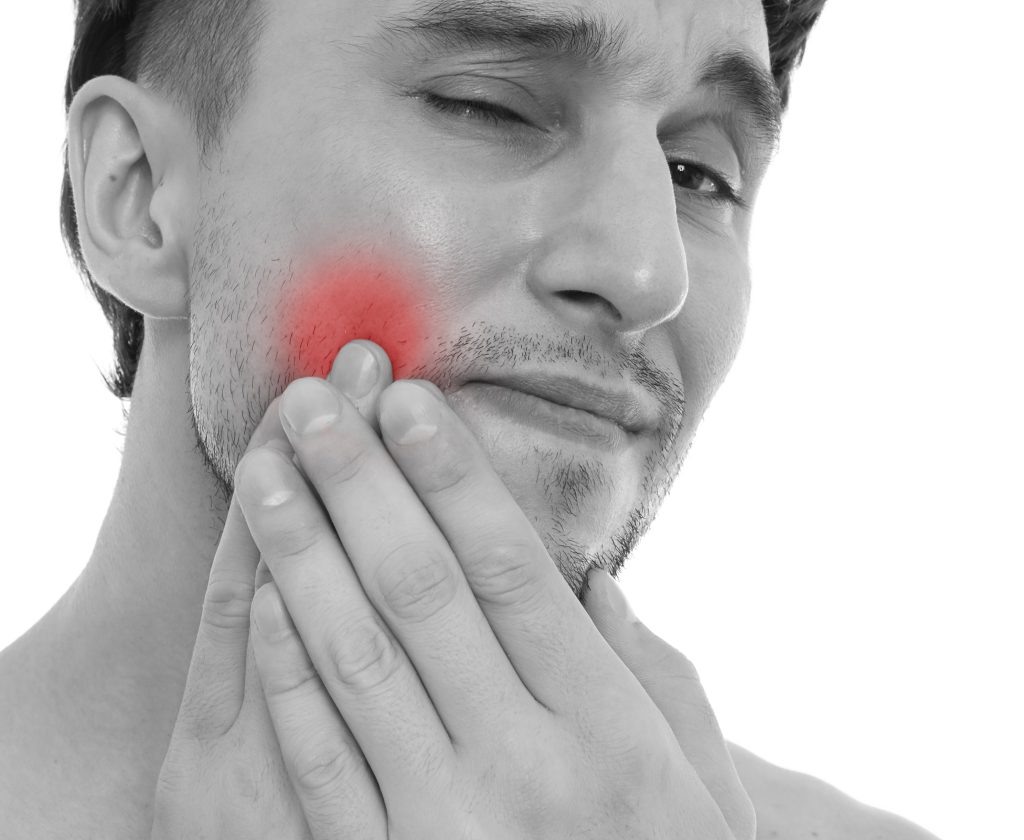
The first step in treatment is a thorough examination of your posture and muscle activation patterns. It is necessary to determine the cause of the pain to implement a successful treatment protocol. TMJ pain can result from disk displacement, strain of the ligaments, trigger points, muscle strain or arthritis. Referred pain at the TMJ can be from stress and other musculoskeletal conditions of the neck, shoulder, rib cage, pelvis and, surprisingly, the foot. Typically, those who have TMJ pain can demonstrate: forward head posture, kyphotic mid thoracic spine, elevation of the rib cage, internally rotated shoulders, deviation or clicking of the jaw when opening/closing, tilted and/or rotated neck, excessive pronation or supination of the foot and locked cervicothoracic junction.
Due to these pain referral patterns we can implement multiple manual therapy techniques to reduce TMJ pain:
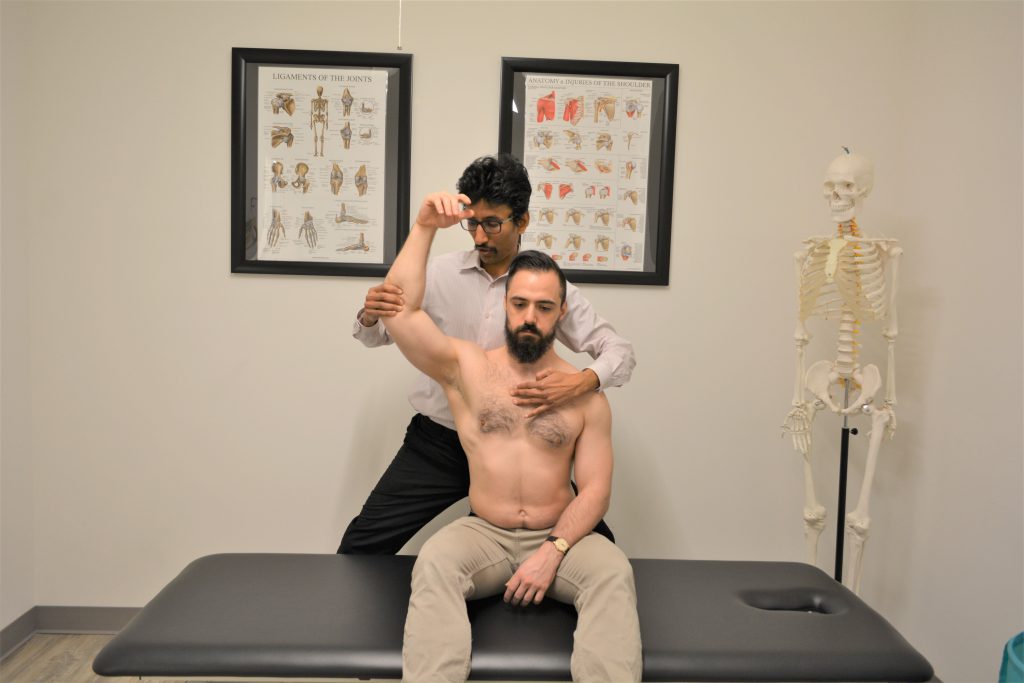
- Mobilization of the 1st, 2nd and 3rd ribs releases the costochondral junction which helps improve neck and shoulder movements, reinforcing TMJ.
- Release of anterior and posterior cross chain of muscles, like the serratus anterior, latissimus dorsi, internal/external obliques, connecting to the opposing shoulder and hip, also reduces TMJ pain.
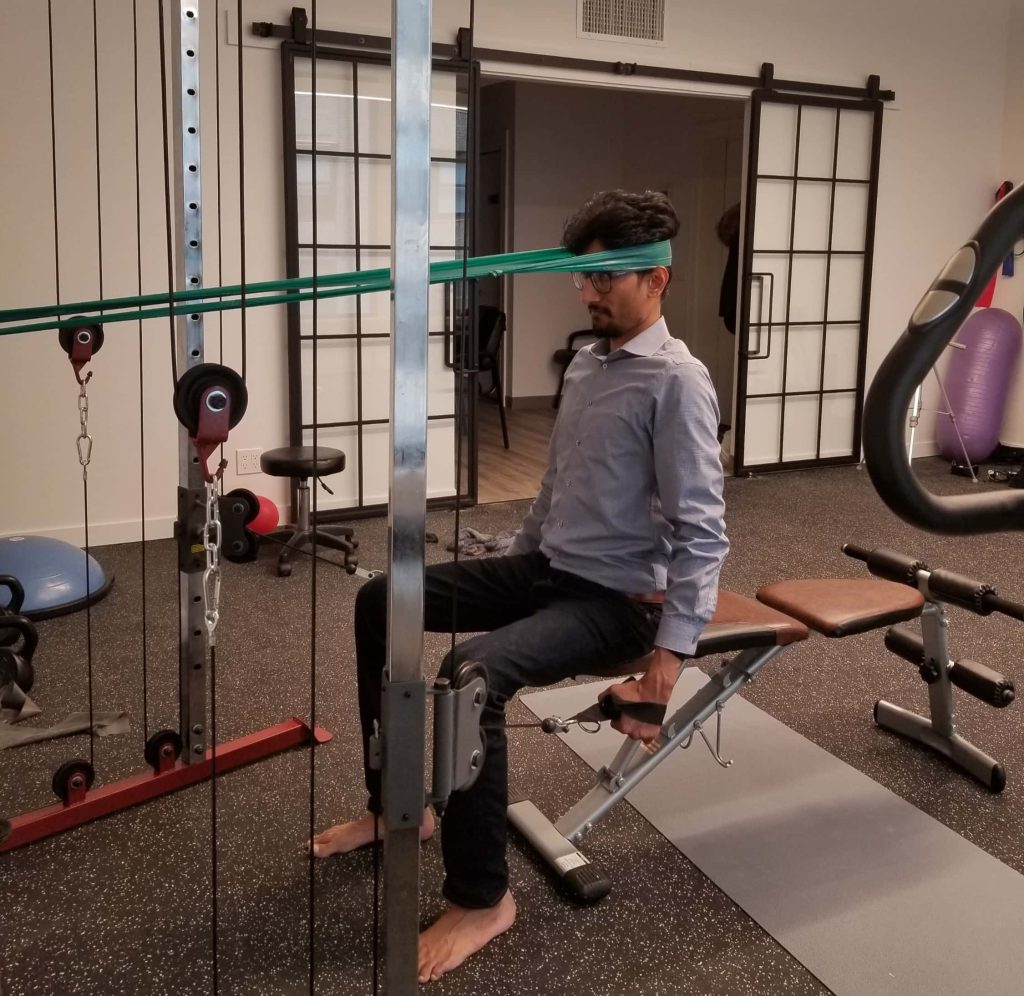
- Deep Neck strengthening exercises with motor control cues, mid back extension/elongation and correction of pelvic alignment all work to reduce TMJ pain.
- One treatment we find particularly effective is Active trigger point release therapy. Trigger points are areas of sensitive tissue, correlated to where nerves attach into the muscle. Releasing these trigger points, at the masseter and pterygoid muscles from inside and/or outside the mouth, significantly reduces jaw pain.
- TMJ mobilization is another effective treatment. It improves the proprioception and mobility of the joint. Here at Physis, our therapist’s use Lewit’s and Dynamic Neuromuscular Stabilization techniques to improve proprioception and facilitate centration of the TMJ.
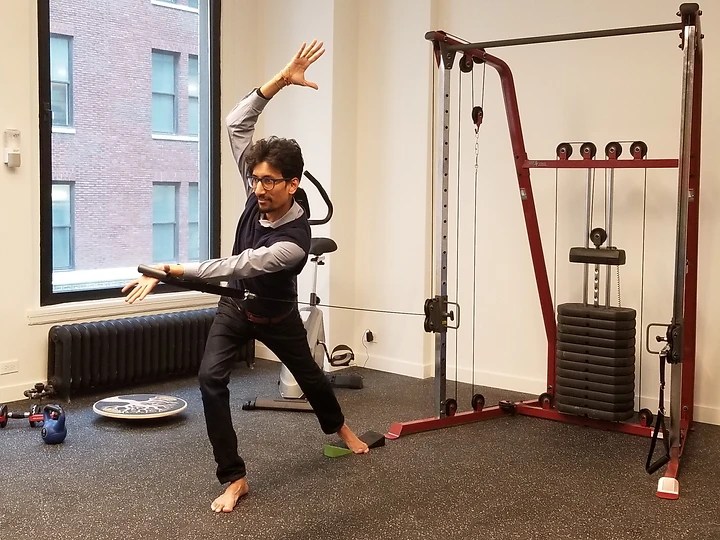
- The foot is the base of your body. Improper alignment and weight distribution on your foot results in readjustment of the entire body to maintain Center of Gravity over your Base of Support, including the jaw. Multiple instances of clicking at the jaw have been abolished in our clinic from correcting this foot position.
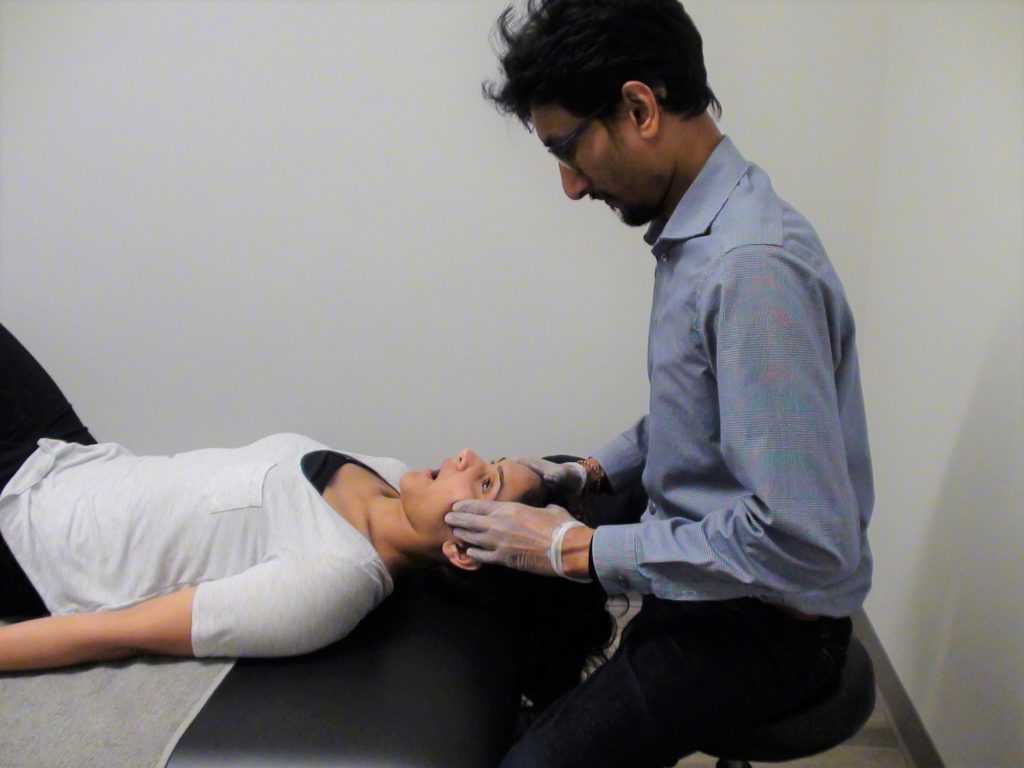
A lot of people struggle to find the right provider to treat TMJ issues.
Typically, a combination of dentist/physician and Physical Therapy can result in successful relief of your symptoms. Have more questions? Not sure if you have Jaw Pain? Interested in evaluation? Please call us on 212-706-7480 and see how we can help you.

